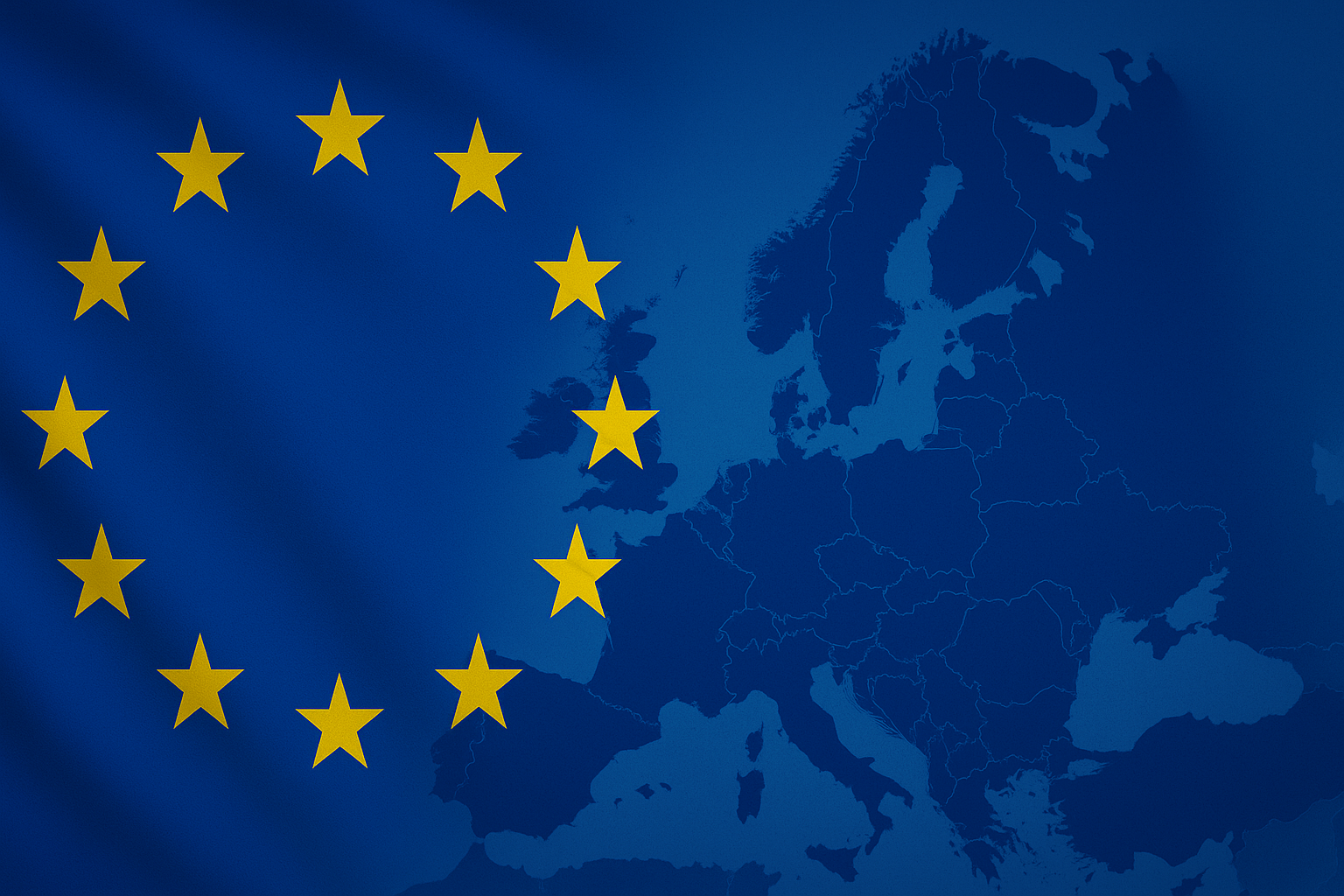Bank fraud is not just a financial threat. It’s a trust crisis. A recent survey by Swedish Homeowners Association (Villaägarnas Riksförbund) offers a revealing snapshot of how Swedes view their banks in an era of escalating digital fraud and AI-driven scams. The findings reveal a troubling gap between what customers expect and how much confidence they have in their bank’s ability to protect their money, highlighting the significant challenges banks face in maintaining customer trust.
Fragile trust in an era of rising threats
According to the survey of Villaägarnas Riksförbund’s 5,500 members, only 18% of respondents feel confident that banks can protect themselves against criminal infiltration, and just 28% expressed high or very high trust in their bank’s ability to safeguard their money from fraud.
That trust deficit matters. Research consistently shows that customer trust is one of the strongest predictors of loyalty — and loyalty translates directly into greater profitability for banks. The Accenture Global Banking Consumer Study 2025 found that banks with high customer advocacy (a proxy for trust and loyalty) enjoyed significantly higher revenue growth over five years compared to peers. Similarly, Bain & Company’s global data shows loyal customers are less price-sensitive, consolidate their finances with a single institution, and deliver higher lifetime value.
In short, investing in customer trust and security isn’t just about risk mitigation. It’s a proven strategy for sustainable, profitable growth.
Who should pay for fraud?
The survey found overwhelming agreement on one point: 88% of respondents believe banks, or a combination of banks together with customers, should bear the main financial responsibility when fraud occurs. Only 11% said customers alone should be liable.
This aligns with findings from the GASA State of Scams in Sweden 2025 report, where half of Swedes said banks should always be responsible for reimbursing scam losses. That expectation is growing across Europe, especially as regulatory changes, including PSD3 and the Payment Services Regulation (PSR), are expected to expand banks’ responsibility to protect customers and compensate victims.
The report also highlights that while 68% of Swedish scam victims report incidents to their payment provider, fewer than three in 10 ever get reimbursed. This is a critical issue that sheds light onto the growing expectation for banks to take on more responsibility.
Transparency as a competitive advantage
The survey also reveals that 79% of respondents would consider switching banks if public data showed theirs had one of the highest fraud risks. PYMNTS Intelligence research finds 42% of Americans who fall victim to scams consider changing to a new bank, while 19% actually follow through with it.
Transparency, it seems, could be a powerful motivator for better performance. The United Kingdom already publishes detailed bank-level fraud statistics annually through UK Finance, giving customers the power to compare institutions. This transparency drives healthy competition among banks, which know their performance is subject to public scrutiny.
AI: The double-edged sword
Artificial intelligence looms large in the Swedish public’s perception of fraud. More than 90% of respondents believe artificial intelligence (AI) makes it easier for criminals to commit fraud, and only 18% feel confident in their ability to detect AI-generated fake voices or videos.
The same technology that enables sophisticated scams, however, can be used to prevent them. Banks must harness AI and machine learning-driven behavioral intelligence to stay ahead of fraudsters and protect their customers. Criminals are exploiting the combination of widely available AI tools and customer emotions to great effect. It is time for banks to use the same tools to safeguard consumers.
Widespread concern
More than a third of Swedish households worry that they or their family members could fall victim to fraud.
But there is hope. Evidence shows that well-designed customer education campaigns - not generic warnings published on websites, but tailored, specific in-the-moment alerts - can significantly reduce fraud losses while also reinforcing the bank’s reputation as a responsible and proactive institution.
These campaigns not only help protect customers but also foster loyalty and retention. Customers are more likely to stay with and recommend banks they perceive as prioritizing their security. My colleague Seth Ruden covered this in a recent blog: The hidden value of friction.
Behavioral intelligence: The case for smarter security
The survey’s findings are a clear wake-up call for Sweden’s banking sector. Even the most trusted security solutions in the Nordics, such as BankID (the national digital identification system used by nearly all Swedish banks for secure online authentication), now face new challenges. While BankID has set a high standard for digital security, the surge in AI-driven and socially engineered scams shows that relying solely on traditional login methods is no longer enough. Authentication reveals who's logging in, but it can't spot when a legitimate customer is being forced or coerced to send money to a criminal.
Behavioral intelligence offers a powerful and necessary evolution in fraud prevention. By analyzing how users interact with digital platforms - through patterns like typing speed, mouse movements, and navigation behavior - banks can identify subtle indicators of risk that conventional tools miss. This continuous, real-time analysis enables early detection of suspicious activity, including cases where a customer may be manipulated or coerced into transferring funds.
As fraudsters become more sophisticated, so must the defenses. Behavioral intelligence represents the next frontier in keeping customers safe - quietly, continuously, and effectively. By adopting these advanced solutions, financial institutions can demonstrate a commitment to safeguarding their customers, an essential foundation for long-term trust, retention, and growth.



